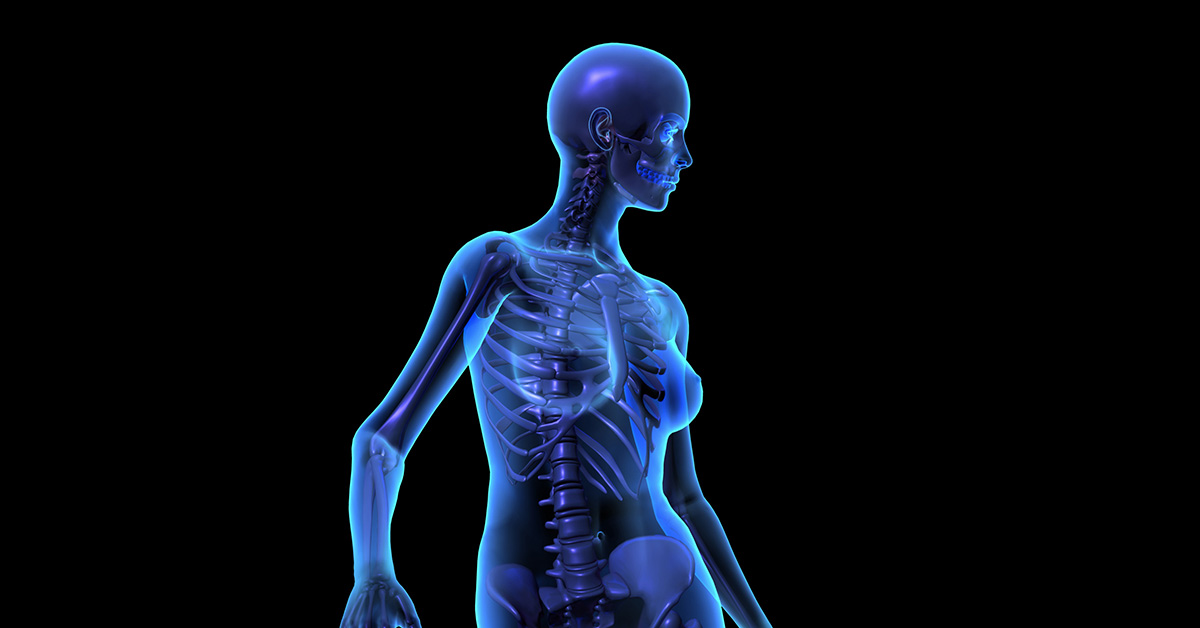Request an Appointment
Please call our office at 816-363-2500 to make an appointment. Don’t forget to bring your imaging studies with you.
Arteriovenous Malformations (AVM)

What is an Arteriovenous Malformation?
An arteriovenous malformation, or AVM, is a knot of abnormal and poorly formed blood vessels, like arteries and veins. They have a high tendency to bleed, so while AVMs can form in any part of the body, the potential for bleeding makes AVMs that form in the brain potentially very dangerous. The brain and its arteries are formed at the same time during embryological development; therefore, abnormal formations of blood vessels are usually associated with abnormal brain tissues. As a result, AVMs are also associated with abnormalities of the brain tissues.
The size and location of AVMs vary in the brain. AVMS affect less than one percent of the population. Although AVMs are believed to develop before or shortly after birth, their symptoms may appear at any age.
Causes of Arteriovenous Malformations
The causes of arteriovenous malformations are not yet fully known. Arteries are connected to veins by structures called capillaries. AVMs are formed when arteries connect to veins without the presence of capillaries.
AVMs can rupture from pressure, which can damage the tissues of the blood vessels. This results in blood escaping from the vessels and leaking into the brain and surrounding tissues. The flow of blood to the brain is reduced as a result of this bleeding.
Symptoms of Arteriovenous Malformations
The symptoms depend on the size and location of the arteriovenous malformation. An AVM may not exhibit any symptoms in some cases. Possible symptoms include:
- Seizures: AVMs can affect the electrical activity in the brain. This may result in seizures.
- Headaches: Headaches may occur due to high flow of blood through the AVM. Migraines or headaches similar to migraine may occur. They might be mild or severe.
- Stroke-like symptoms: AVMs may deprive the brain of oxygen and essential nutrients, leading to stroke-like symptoms. These may include partial paralysis of one side of body, weakness in one side of body, loss of sensation or numbness, problems with vision, hearing, and balance. Loss of memory and changes in personality might also occur.
The following tests may be used to help your doctor diagnose and determine the best treatment options for arteriovenous malformations:
- Cerebral Angiography: A dye is injected into the blood, then x-rays of the brain are taken. Cerebral angiography helps to detect the size and location of arteriovenous malformations.
- Magnetic Resonance Imaging, or MRI, and magnetic resonance angiography, or MRA: These techniques help produce highly detailed images of the blood vessels and can highlight AVMs.
- Computed Tomography, or CT scan: CT scan uses X-rays to take pictures and highlight the bleeding into the brain and the spaces.
How are Arteriovenous Malformations treated?
The type of treatment is based upon the size and location of the AVM. The following treatment options are available:
- Embolization: A liquid, non-reactive glue is used to block off the AVM.
- Radiation therapy: X-rays are used to reduce the size of the AVM and close it off over a set period of time.
- Surgical removal: The AVM is cut out and removed. This immediately cures an AVM because it will not grow back.

 The Highest Quality of Neurosurgical Care
The Highest Quality of Neurosurgical Care